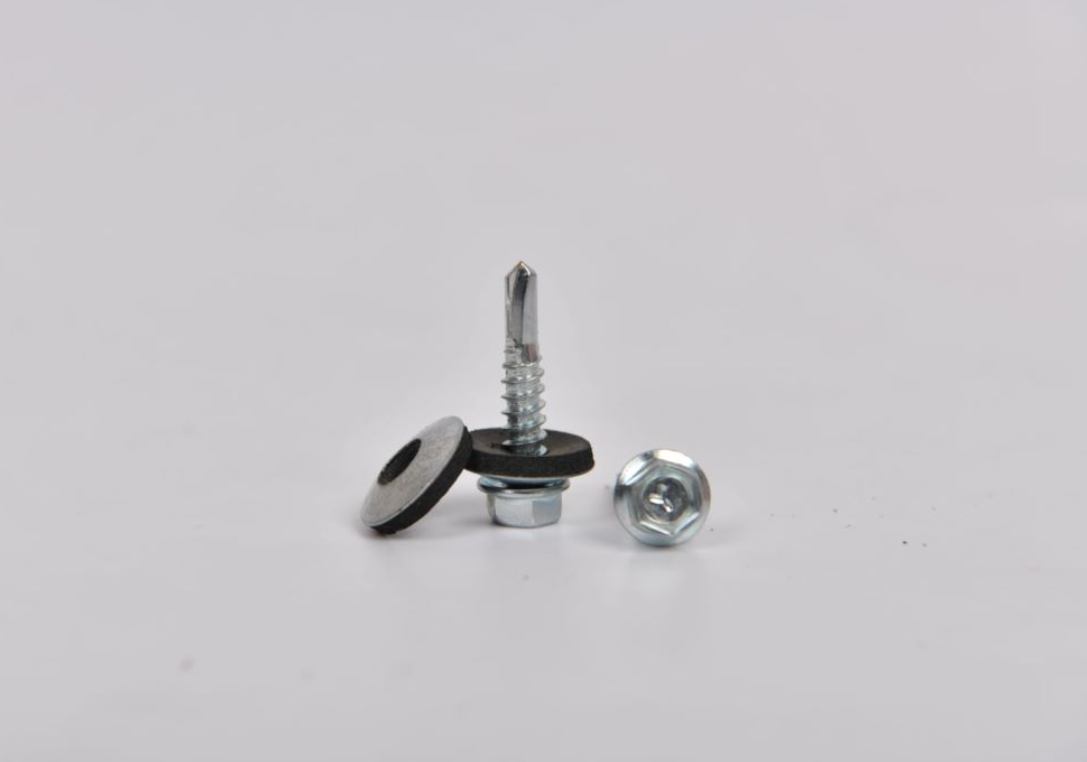best split washer vs flat washer
Best Split Washer vs. Flat Washer A Comprehensive Comparison
When it comes to mechanical applications and assembly, choosing the right type of washer is essential for ensuring durability, stability, and longevity of various components. Among the myriad options available, split washers and flat washers frequently top the list in various industries. While both serve to distribute loads and prevent loosening, their design and functionality cater to different needs. This article delves into the nuances of split washers versus flat washers, helping you make an informed choice in your projects.
Understanding Flat Washers
Flat washers are disc-shaped, usually made from metal, plastic, or rubber, and they are designed to distribute the load of a threaded fastener such as a bolt or screw. Their primary purpose is to create a smooth bearing surface, which helps in preventing damage to the material being fastened, thereby reducing the risk of shear and making the assembly more secure. Flat washers are particularly useful in applications where components may be subject to vibration or thermal expansion, providing a stable reference point for fastening.
Flat washers come in varying sizes and thicknesses, making them versatile for a plethora of applications—from automotive and construction to electronics. However, their effectiveness hinges on the proper torque applied during assembly and does not inherently prevent loosening over time.
What are Split Washers?
Split washers, often referred to as lock washers, are designed with a split or gap that creates a spring-like action when installed. This design allows the washer to exert pressure against the fastener, effectively locking it into place and preventing it from loosening due to vibrations or movement. This dynamic makes split washers an excellent choice for scenarios where there is a significant risk of bolts working loose over time.
These washers come in various shapes, with the most popular being the helical design. When a bolt is tightened against a split washer, the two ends of the washer press into the surface of the bolt and the material being fastened, providing resistance against loosening efforts.
best split washer vs flat washer

Comparison and Applications
1. Load Distribution Flat washers are typically better for distributing load evenly over surfaces, which can help prevent damage to softer materials. If your application involves sensitive materials or uniform load distribution, flat washers may be the optimal choice.
2. Prevention of Loosening Split washers excel in dynamic environments where vibration may cause fasteners to loosen. They provide an added layer of security and are widely employed in machinery, automotive assemblies, and equipment subject to movement and vibration.
3. Installation Complexity Flat washers are easier to install since they have a straightforward design. Split washers require careful handling to ensure they are correctly placed, given their inherent tension and design.
4. Cost Effectiveness Both types of washers are generally affordable, but split washers may cost slightly more due to their locking capabilities and complex manufacturing process.
5. Material Considerations Both types of washers can be made from a variety of materials—steel, stainless steel, and plastics. However, in high-stress scenarios or corrosive environments, the material used in split washers can often be critical in achieving the desired life span and performance.
Conclusion
In conclusion, the choice between split washers and flat washers ultimately depends on the specific requirements of your application. If you need load distribution and surface protection, flat washers are likely the better fit. However, if preventing loosening due to vibration is paramount, split washers will offer the needed security. Understanding the strengths and limitations of each type will empower you to make the best choice for your mechanical assemblies, enhancing both safety and durability.
-
Top Choices for Plasterboard FixingNewsDec.26,2024
-
The Versatility of Specialty WashersNewsDec.26,2024
-
Secure Your ProjectsNewsDec.26,2024
-
Essential Screws for Chipboard Flooring ProjectsNewsDec.26,2024
-
Choosing the Right Drywall ScrewsNewsDec.26,2024
-
Black Phosphate Screws for Superior PerformanceNewsDec.26,2024
-
The Versatile Choice of Nylon Flat Washers for Your NeedsNewsDec.18,2024










